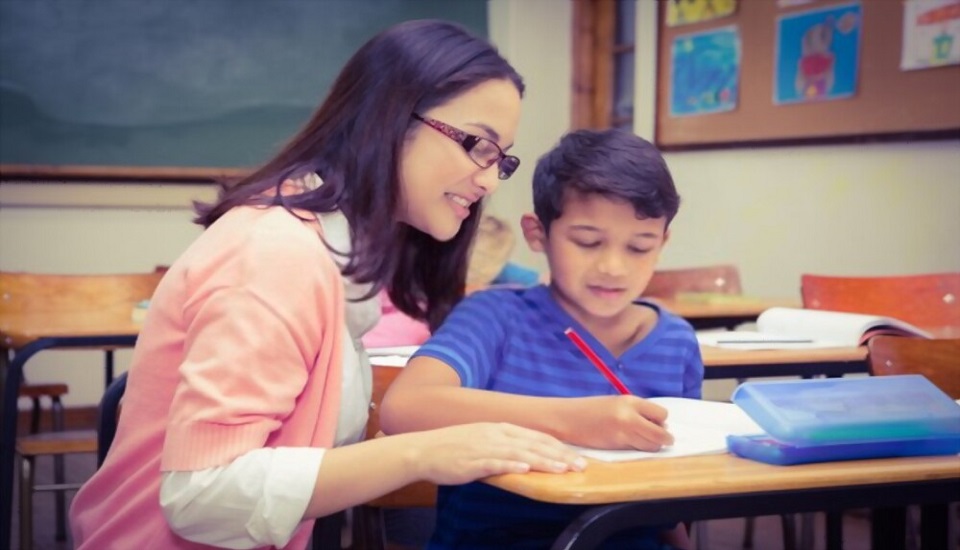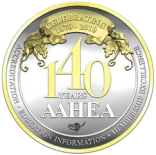Today’s classroom is a dynamic learning environment – space that brings together students from various backgrounds with a unique set of personalities and abilities. In fact, this ever changing educational system now-a-day is changing so fast, it is hard to anticipate what classrooms will be like in the near future. Nevertheless, educators’ effort in bringing the best strategies into the classroom that fits right with the classroom dynamic is a sign of professionalism.
And to do that when the teacher incorporates a combination of teaching techniques with their Classroom Management skills, learners can certainly have more opportunities to perform better in classroom. The trick to know which strategy works best depends on the students’ preferences as well as needs. To be an effective teacher thus requires the implementation of creative and innovative teaching practices in order to meet learners’ individual needs.
Here are 5 incredible teaching practices for you to try out –
Inclusivity
One primary thing to continue practice in the classroom, irrespective of where you are teaching - learners' inclusivity is a must-have. Mixed Group Management becomes so much easier when the teacher operates and creates an inclusive setting. This way learners with mixed abilities can work. Develop their abilities in their ideal ways. Thus promote learners self-confidence.
As well as improves their communication skill as they feel seen and heard in such a learning environment.
Use of Technology
Now that we know technology is a part of our lives, it makessense that embrace what it has to offer in the classroom. Incorporating technology into teaching is a great way to actively engage learners, plus learning can be made more interactive with technology. This is perhaps great to generate 21st century resources.
Formative assessment
Formative assessments allow the teacher to keep a constant check on teaching efficacy. Tasks such as reflective writing and feedback from students can provide a great deal of valuable insights regarding teachers' instructional practices. This way, you can have an in-depth understanding of what is working in your classroom and what is not. Additionally, open ended questions, surveys, questionnaires, and game-based quizzes can be used to design formative assessment activities in the class.
Collaborative Teaching
The more students are given the opportunity to work together in small and large groups, their ability and skill to interact, form collective decisions, and have authentic classroom experience – where students are allowed to work themselves and take the lead. Plus group assignments promote teamwork and also help the class to succeed in grasping the lesson faster. As the learners take charge of the activity.
Behavior Management
Classroom management is incomplete without an effective behavior management strategy. Learns coming from different backgrounds may often take time to adjust and acquire discipline in their behavior. It is integral that learnersunderstand the idea of respect and to ensure that you as the teacher also need to be nurturing and respectful towards them. To have a productive classroom, developing an atmosphere of mutual respect is beneficial for both you and your learners.
Final Words
Whether you are a novice teacher or an experienced one, we know that dealing with the classroom is always unpredictable. However, being adaptive and willing to learn is what it takes to be an effective teacher. Bear in mind no two learners are same; it is evident that there is no ‘one size fits all’ solution to teaching practice. Classroom Management skills within teachers need to have a flexible approach. Certificate in Classroom Management course can support the growth of an educator to be more effective in teaching and applying strategies that can add value and inspire your classroom practice.
Written By : Roshni Chatterjee















